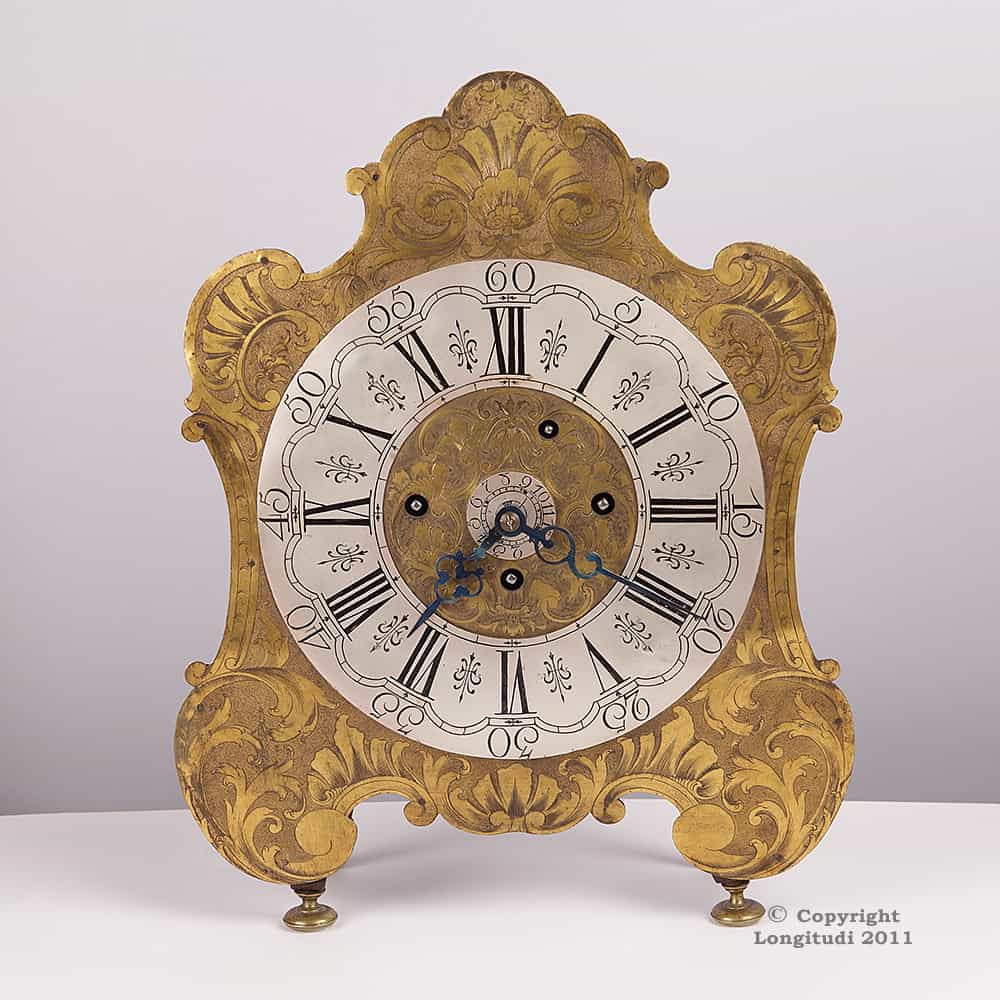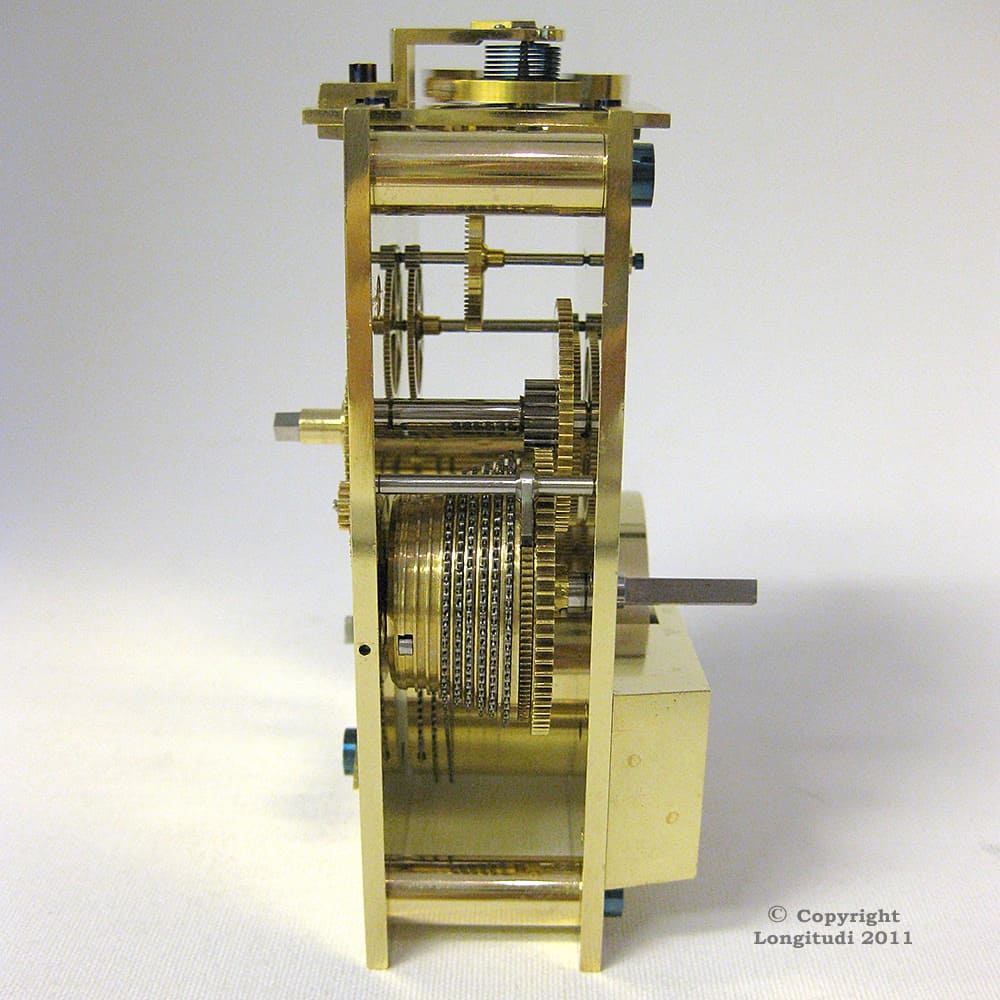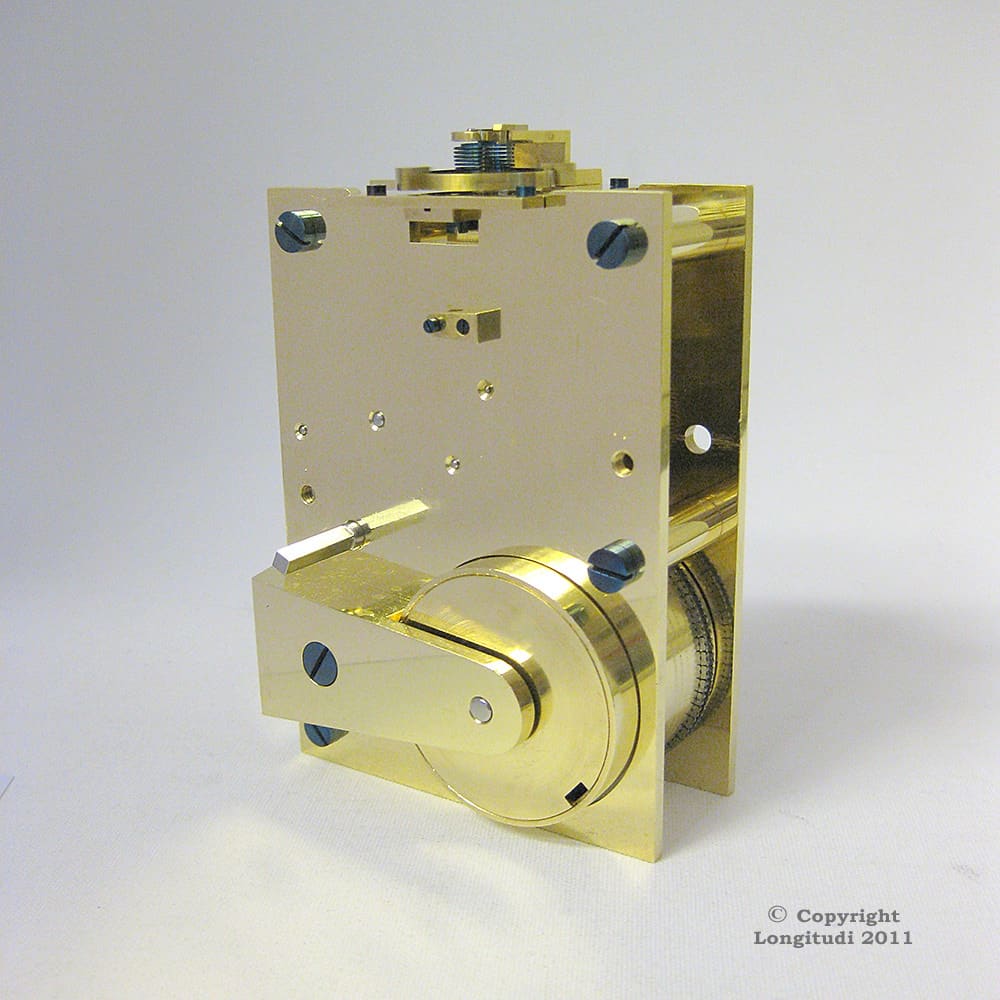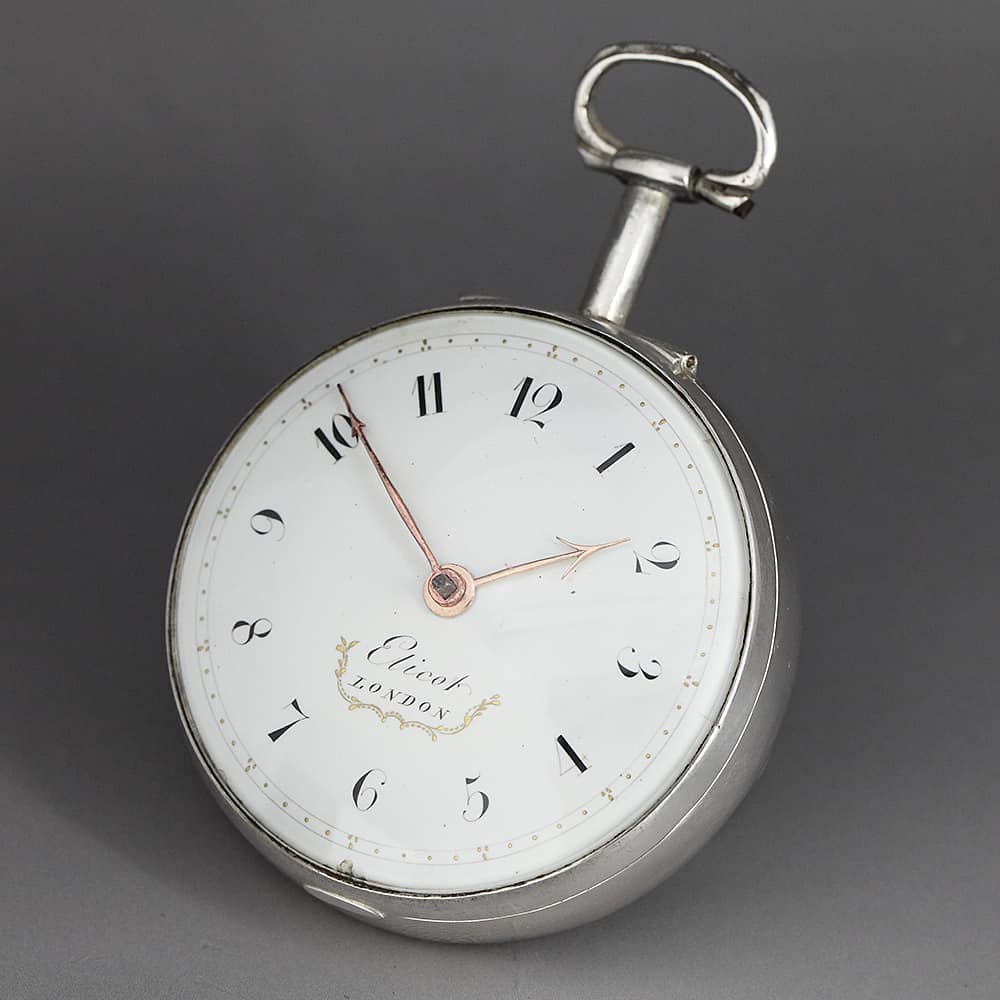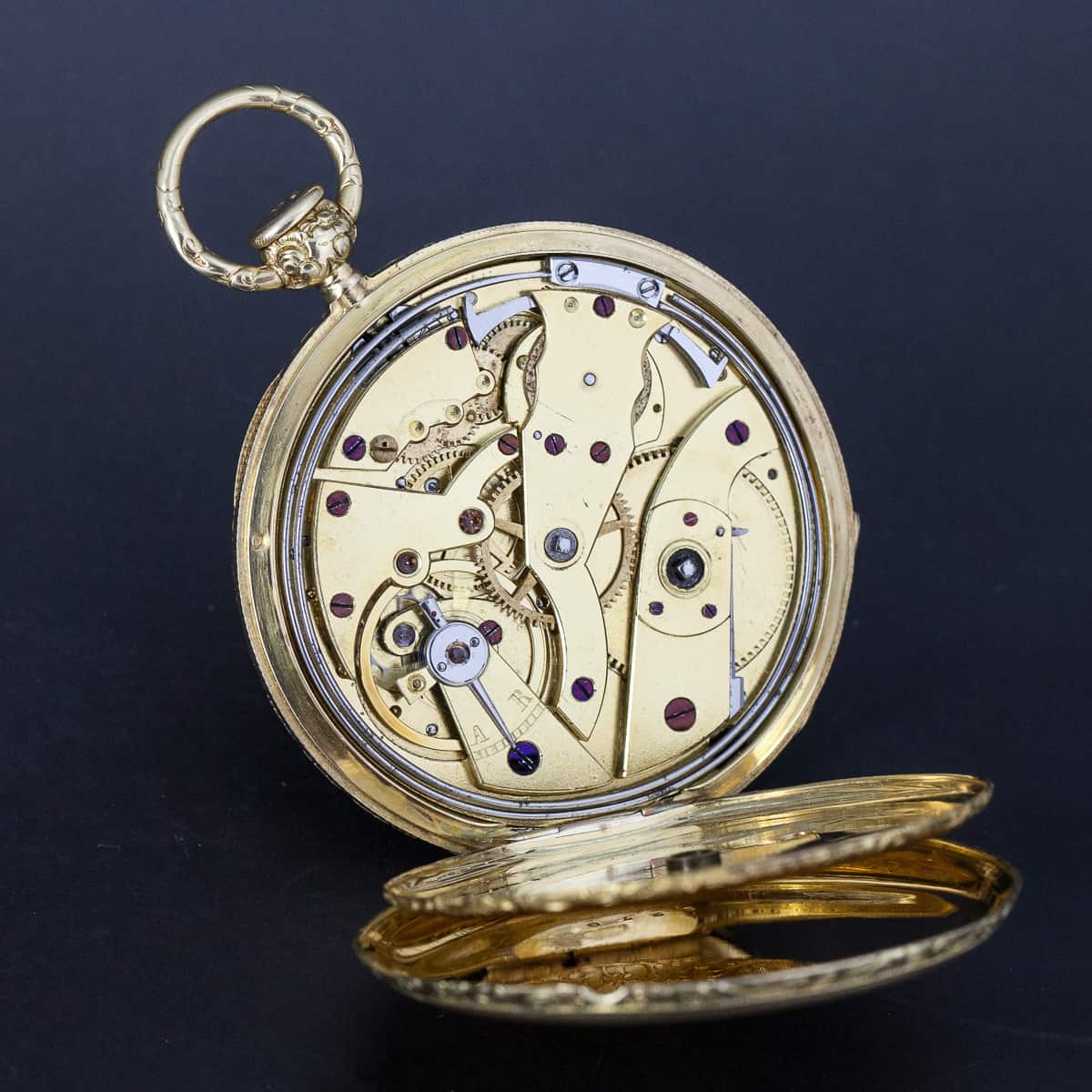Longitudi Oy also offers restoration and conservation services for antique clocks and watches. We offer these services where possible, depending on the situation. We can work only on a limited number of items each year. Please contact us always first by phone or email if you are interested in our restoration or conservation services.
Restoration
Restoration means restoring the structures and appearance of the item in question to what they were at the time of manufacture. According to the traditional view, this means that the movement is serviced to a condition as close to the original as possible. Restoration always starts with a study of the origin and history of the item in question. We try to find out whether the structure and parts are original or not. If the item has missing or defective parts, we will study the structure, materials and manufacturing methods of the missing original parts in as much detail as possible.
At its purest, this method can mean e.g. that the screws missing from a watch are manufactured in such a way that their material and threaded part are similar to the original screw. In such cases, we first determine the alloy composition of the original material, cast the raw material and produce a suitable threaded pin with the original pitch. We then use this pin to make a suitable die stock that we use to thread the final screw. Newly manufactured parts that resemble the original are always stamped with the companys markings and year of manufacture to distinguish them from fully original parts. The end result is a screw that cannot be essentially distinguished from the original, except through documentation and the origin markings of the components. Restoration is most often not carried out to this extent, however, but rather according to what is realistically feasible when considering the expenses.
Normal restoration measures always include servicing the wheel train, chime movement, timekeeping mechanism, chime elements, hand mechanisms, etc. Surface treatments are restored to a state similar to the original (e.g. bluing, polishing, buffing). Finally, the work that has been done is documented. Restoration is often chosen when the watch is clearly rarer or of better quality than most other similar watches. The workload is significantly greater than in normal servicing, meaning that the cost is also higher.
Conservation
Conservation primarily refers to preserving the original structure of the object. With watches and clocks, this means that we try slow down the wear of the structures or, in some cases, to stop the wear completely.
We carefully clean the mechanical structures while paying close attention to their originality and any changes that may have occurred. Most often, we do not attempt to restore missing structures, unless we are absolutely certain of the shape, surface treatment and mechanical function of the missing structures. All measures should be justified, and the historical documentation for the replacement parts should preferably come from literature.
We always try to clean the surfaces as gently as possible to prevent the original structure from being corroded. We do not blue or polish the steel parts again, nor do we buff the brass surfaces. All work and background research is documented.
Conservation always involves a museum aspect related to the history and structure of the item. The ultimate goal is to preserve the item in its current condition for future generations as far into the future as possible. Like restoration, conservation is a very laborious and slow process, and it is only recommended for historically valuable objects.
In practical work, the customer often wants the watch or clock to work well, but also for the original appearance of both the dial and the movement to be preserved. In these cases, conservation involves a combination of both restoration and conservation measures. This is the most widely used method when the item has great monetary and historical value. The conserved item is granted an operational guarantee on a case-by-case basis.
